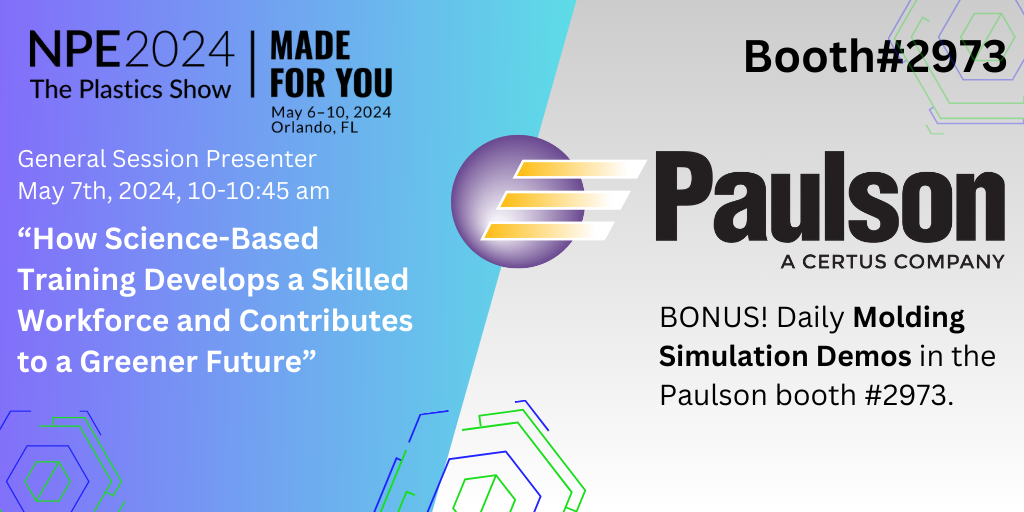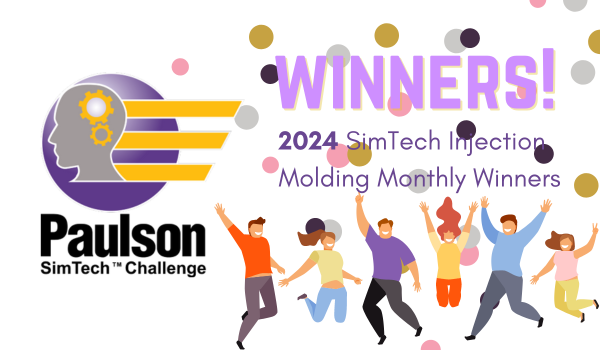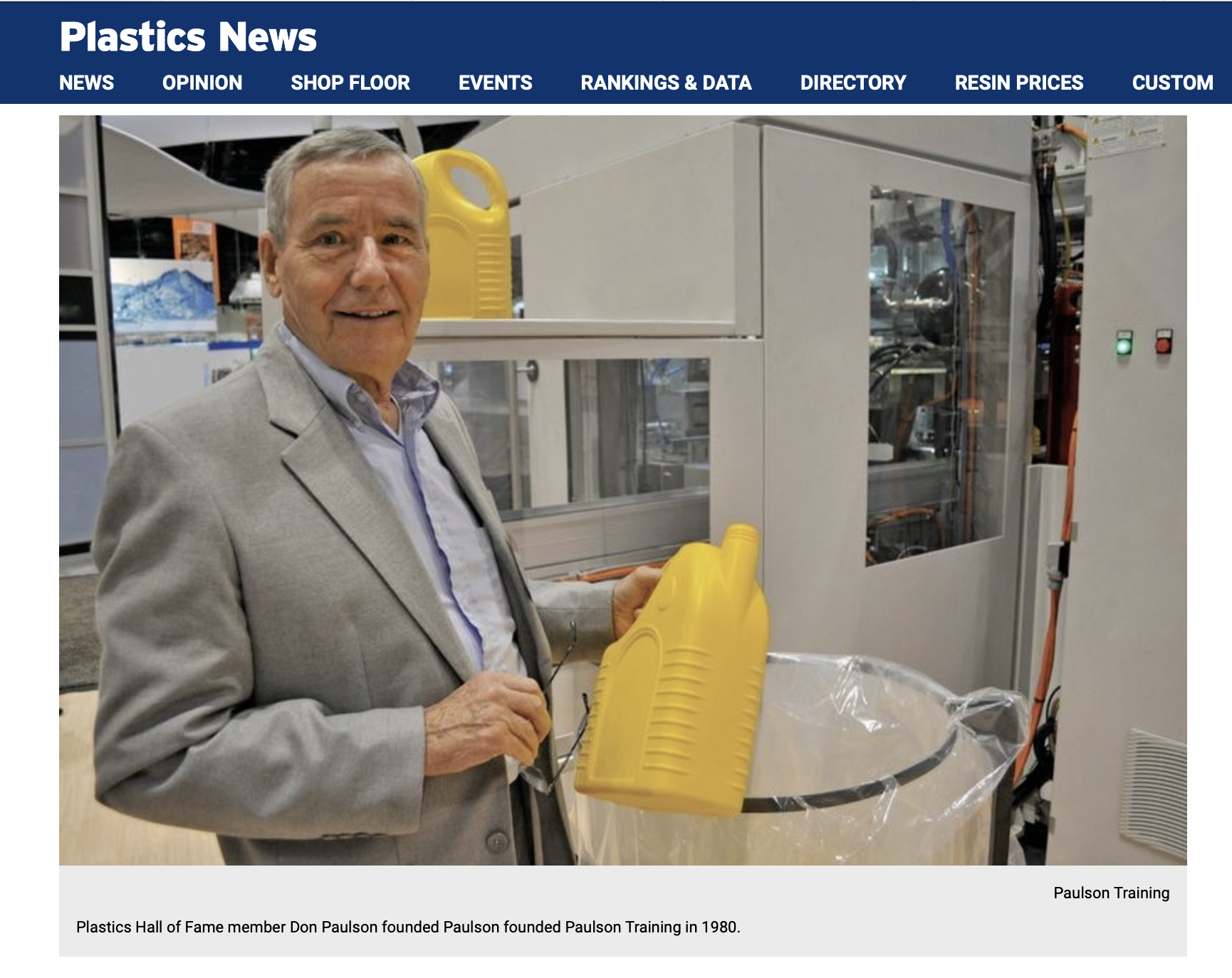It is very important to understand the Velocity to Pressure (VPT) setpoint in order to set up a robust scientific molding process.
Not very many years ago, injection molding machines commonly used a hydraulic injection pressure setting and an injection timer to fill the injection mold. When the injection timer timed out, additional plastic was packed into the mold using a 2nd stage pressure which was controlled by a second stage timer.
 Modern injection molding machines don’t use an injection timer or a fixed injection pressure any more. Instead, the change from fill rate control to cavity packing pressure is determined by a transfer setpoint – usually triggered by the screw travel. However, sometimes a cavity pressure transducer is used.
Modern injection molding machines don’t use an injection timer or a fixed injection pressure any more. Instead, the change from fill rate control to cavity packing pressure is determined by a transfer setpoint – usually triggered by the screw travel. However, sometimes a cavity pressure transducer is used.
This setpoint can have a variety of names. However the most common name (and the one we’ll use here) is the “Velocity to Pressure Setpoint” or the VPT setting. Typically, the transfer from velocity control to pressure control (the VPT setpoint) is set to occur when the mold is about 95% full. You do not want the fill rate control to be on after the mold is full because the molding machine would then go to a maximum pressure setting trying to continue to fill the mold. This would likely flash the mold and could damage it in the process. You should always take precautions not to flash the mold. This can be a very expensive and time-consuming problem to solve. This also means that the maximum injection pressure setting should be adjusted to protect each specific mold from over-pressure.
Best scientific molding practices dictate that only expert molding setup personnel should set the VPT. Once VPT is properly set for a given machine/mold combination, it should not be changed except for scientific-based molding reasons.
To find the best VPT setting, the molder will usually make a series of short shots adjusting the VPT until the mold is 95% full using part weight as a guide. Then, because plastic is compressible (about ½% per thousand PSI), an additional few percent of plastic flows into the mold.
We know that the most important plastic variable controlling part dimensions is cavity pressure. So our goal is to first find the best melt temperature, fill rate and cooling rate, and then adjust packing pressure to control part dimensions.
It all comes down to looking at the process from the plastic’s point of view and relating the machine conditions to the plastic conditions and then to the 4 primary processing variables which are, in the correct order:
- Plastic temperature
- Plastic flow rate
- Plastic pressure
- Plastic cooling rate
Please share your comments below.



